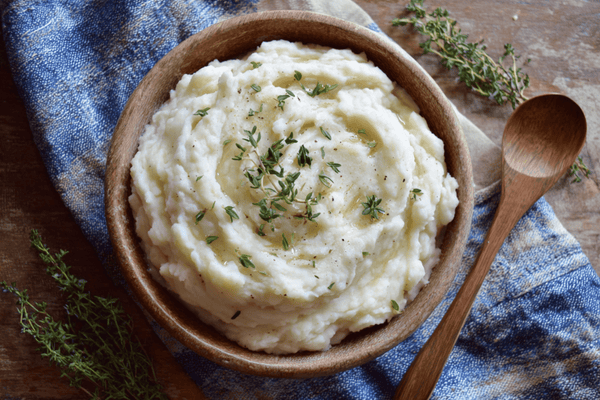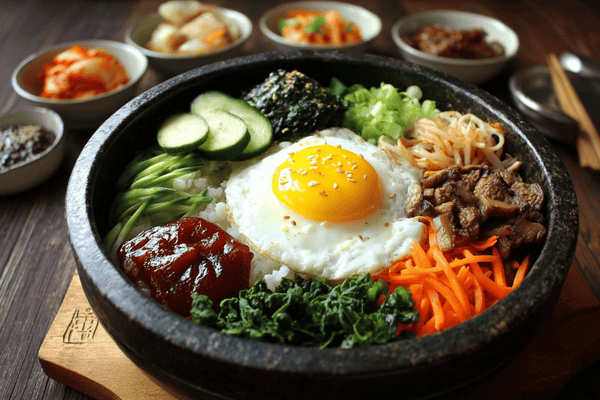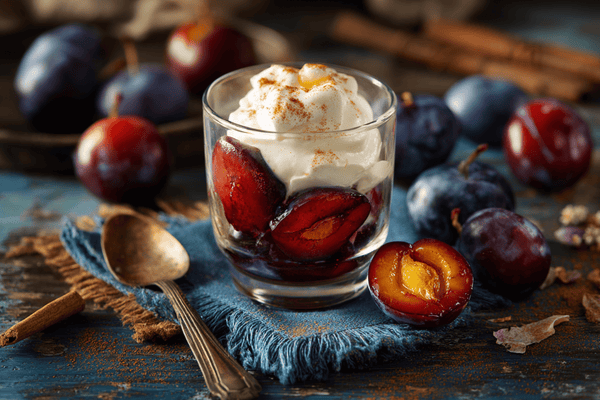 Have you recently been looking to purchase a brand new set of kitchen knives? If you have then you will likely have noticed the vast array of options available. But one of the things that often confuses people is the difference between a Japanese knife set and a Western knife set; sometimes called a German knife set.
Have you recently been looking to purchase a brand new set of kitchen knives? If you have then you will likely have noticed the vast array of options available. But one of the things that often confuses people is the difference between a Japanese knife set and a Western knife set; sometimes called a German knife set.
There are many differences between German and Japanese knives including the type of steel used, how the knives are made, and the sharpening angle. Both certainly have their place in the kitchen and there are pros and cons to each type. But before you part with money on a high-quality knife set or a new Chef's knife, we’d urge you to familiarise yourself with each type.
In this guide, we’ll be discussing the difference between Japanese knives and German knives, as well as looking at the pros and cons of each. By the end of this article, you should be able to confidently choose which is right for you.
Table of contents
Japanese vs German Knives - An Overview
Both Japan and Germany have been forging blades for thousands of years. There have been archeological discoveries in both countries that tell us this. That said, while there have been digs in Germany that have revealed blades and fragments considered to be around 2000 years old, the modern German knife was really only invented in the 1700s.The key differences between these two types of blades largely happened because of differences in culture and the types of cuisine eaten in these two vastly different nations. Naturally, Japanese blades and German blades were designed with heavy culinary influences in mind.
When we look at Japanese style knives, we see that the blades are very lightweight and razor-sharp. These thinner blades make them perfect for more precise work like thinly slicing and chopping ingredients for dishes like sushi, soups and sashimi which are all traditional Japanese cuisine.
On the other hand, the German knife set is well-renowned for being incredibly tough. This does mean a difference in weight, as they are much heavier and bulkier than their Japanese counterparts and the steel is normally much softer, but less brittle, making them less prone to chipping. The reason for this is that German cuisine involves more dense foods and a lot more meat so the knives need to be more robust.
With all of that in mind, modern knife sets, regardless of where they are from, are becoming more versatile. This is because cuisines from all around the world are now eaten in lots of countries. You’re not limited to local ingredients and if you want to cook up a traditional Japanese dish in Venezuela or a German dish in New Zealand, nothing is stopping you.
The Differences Between Japanese and Western Knives
So, we’ve had a basic overview of the basic difference between Japanese and German knives and learned about why they were designed in a particular way. But let’s get a little more in-depth and look at some of the more specific differences between these types of knives.Type of Steel
 One of the main differences between Western-style knives and traditional Japanese knives is the material from which the blades are made. Most knives are made from steel which is an alloy comprising of carbon and iron.
One of the main differences between Western-style knives and traditional Japanese knives is the material from which the blades are made. Most knives are made from steel which is an alloy comprising of carbon and iron.What’s interesting is that how hard the steel depends on the carbon content and this also affects how durable the knife is.
One of the ways that carbon content is affected is the way the blade is forged, and the Japanese method results in much higher carbon content than that of its German counterpart. This means that Japanese knives which are often constructed with Damascus Steel, are vastly harder than German stainless steel blades but this comes at a cost; they’re also more brittle.
German knives feature much softer steel and a direct result of this is that they are nowhere near as brittle. One of the things that classic German knives are so well-known for is their durability.
Handle Construction
 While much of the focus of knives is on the blade, there’s a lot to be said about the way the handle is constructed. There are a plethora of different materials to choose from, each having its own set of pros and cons.
While much of the focus of knives is on the blade, there’s a lot to be said about the way the handle is constructed. There are a plethora of different materials to choose from, each having its own set of pros and cons.When you buy a Japanese knife set, you’ll often find that they come with wooden handles. The major downside of this is that wood can require more maintenance such as applying wax or oil to the handles. Generally speaking, this will need to be done every couple of months.
There are lots of knife sets that also come with POM handles; this is a type of plastic that’s sustainable and doesn’t require a lot of maintenance so it’s popular with the modern chef. They need nothing more than cleaning once you’ve finished using them and another plus side of this material is that they aren’t affected by things like temperature and moisture. On the other hand, wooden handles may expand and shrink when exposed to these things.
If you purchase a Western knife set, then the choice of handle materials is immeasurable. POM plastic is incredibly common and you may see fewer knives with wooden handles. It’s really only the shape of the handle that’s any different from the Japanese knife and neither is better than the other, it all comes down to personal taste and what is available for a left-handed user.
Sharpening Edge
 A Japanese, Damascus Steel knife has a much smaller cutting angle and this doesn’t measure more than 15 degrees. On the flip side, a German knife blade has a slightly larger blade angle at around 20 degrees. These measurements affect the angle you need to sharpen the blade; for Japanese knives, it would be 30 degrees whereas for German knives, you’ll want to sharpen at a 40-degree angle.
A Japanese, Damascus Steel knife has a much smaller cutting angle and this doesn’t measure more than 15 degrees. On the flip side, a German knife blade has a slightly larger blade angle at around 20 degrees. These measurements affect the angle you need to sharpen the blade; for Japanese knives, it would be 30 degrees whereas for German knives, you’ll want to sharpen at a 40-degree angle.The reason that there is a clear difference here is down to the type of steel used as well as the thickness of the blade. We will look at blade thickness in more detail in the next section but for now, you should understand that the thinner the blade, the less resistance you will get when cutting. However, with this thinness comes vulnerability and makes the knife a lot more difficult to sharpen.
When you sharpen a Japanese knife, you won't just be able to use any old sharpener. Instead, you will need to have a honing steel or a whetstone.
On the contrary, German knives are much easier to sharpen and you aren’t limited as to which method you use. This makes it easier as it can often be done at home as opposed to having to take your blades to a professional sharpener.
Blade Thickness
 The final key difference between Japanese and German knives is how thick the blades are. We briefly touched on this earlier but allow us to explain in a little more detail. You take the thickness measurement along the spine of the blade and from here, it gets thinner as you move towards the cutting edge.
The final key difference between Japanese and German knives is how thick the blades are. We briefly touched on this earlier but allow us to explain in a little more detail. You take the thickness measurement along the spine of the blade and from here, it gets thinner as you move towards the cutting edge.A thinner blade will be less resistant when you’re cutting and this is the case for Japanese knives. As we have already discovered, this also means that the blade is far more brittle and so better used for more delicate tasks rather than something like cutting through tough meat.
Western knives are thicker and therefore incredibly durable. You can cut almost anything with them and they’ll glide through without the risk of any damage.
What Are the Pros and Cons of Japanese Knife Sets?
Japanese knife sets are excellent if you want something that is extremely sharp and will retain this sharpness for a long time. This is because of the hardness of the blade, often measured against the Rockwell scale, which will therefore maintain a sharp edge for much longer. That said, a significant drawback is that when it comes to sharpening, it’s a little more of a challenge.Moreover, Japanese knives tend not to give as much resistance when you are cutting ingredients so it’s generally easier to use. Of course, owing to their brittle nature, they’re much more vulnerable and you will need to take better care of them.
What Are the Pros and Cons of German Knife Sets?
The clear advantage of German kitchen knives is that it is not as vulnerable to damage as their Japanese cousin. You won’t have any problems cutting any type of foodstuff and it won’t affect the integrity of your knife. However, this comes with the pain of having to sharpen the blade far more often, although this is easier to do. What’s more, German kitchen knives need very little maintenance.Also, keep in mind that owing to the thickness of the blade, a German knife will put up more resistance when cutting so it might not be as easy and comfortable to use, especially with precise cutting.


